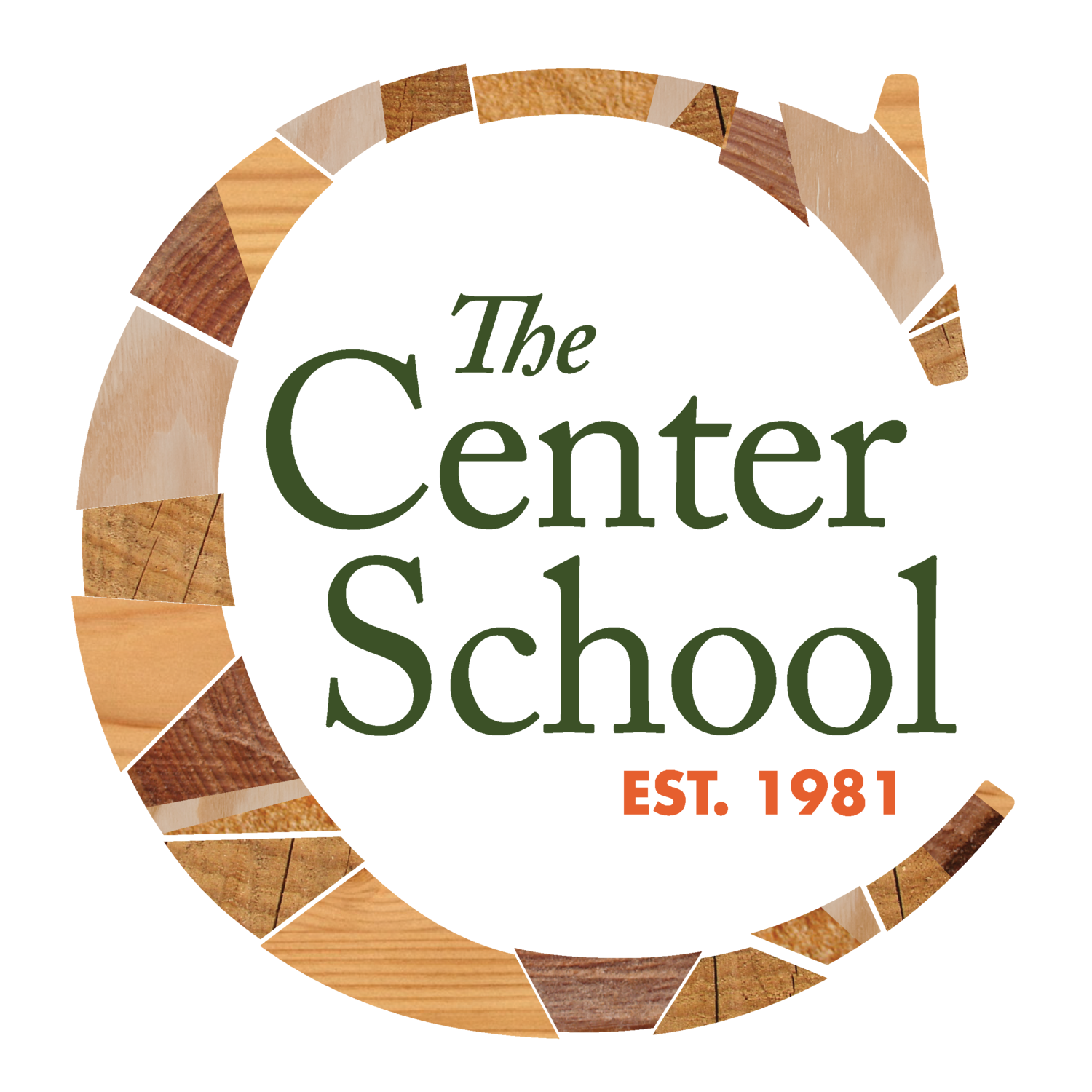Teaching the Social Skills That Help Kids Succeed
Chris Harris, editor
Supplement to The Recorder, April 26, 2004
“It’s important to teach social skills because we are a social world,” says Laura Baker, Executive Director of the Greenfield Center School. “When we look at the issues that affect us as adults in the world, primarily these are social issues. People need to have the skills and the tools to meet social issues in order to really succeed in the world, in order to make a difference in the world, in order to have relationships they can count on in the world. We tend to think that people need no practice and no instruction in social skills,” Baker says, “and yet our own experience in looking at our world shows us that, in fact, these are real issues for which people needs lots of practice and lots of instruction.”
GCS offers lots of opportunities to practice social skills. “Kids bring their excitement, their fears or their grief to the sharing circle,” Baker says. “They learn to speak in front of a group and listen carefully. After the sharing is completed, students in the circle learn to offer empathetic statements. It’s not, ‘Oh, once I had something like that happen to me …’ and then they start telling their own story. It’s really meeting the student where they’re at.”
Understanding behavior illuminates traditional subjects at GCS. “Literature is all about character, about what makes a person do something, and history is the same thing,” says Baker. “History is the story of people and when you’re looking at history as the story of what has occurred, you’re looking at social interaction.”
Sixth-grader Rosie Marsters of Ashfield is keeping a journal in the voices of two Colonial-era characters. “I come to know my characters [through journaling], but I also find out more about what went on back then and how they thought, Rosie says. “We had to write about the Boston Tea Party and what people thought about it. My character was really mad because she liked England and she didn’t want to go to war.”
Journal conversations have to be historically accurate, explains Rosie. “My conversations were about maybe a cow getting loose in someone’s pasture, or someone finding out about the first shot fired.”
In literature, students read books with themes that reflect their own development. “In the fifth and sixth grades, the big theme for most kids is identity,” says teacher Jane Stephenson. “So one of the books we read is Julie of the Wolves, which is a story about an Inuit girl who is trying to figure out how she fits into the modern world. Our kids are often able to say, ‘How do I fit into my community? What parts of my community do I not fit into?’ and the classroom is one of those communities.”
Social learning happens in science class too. “Our class studied praying mantises for about three months, and we talked about the ethics of keeping animals in the room for the purpose of study,” Stephenson says. “The kids really wanted to make sure that they could justify it. They did a lot of research about how to create environments that were healthy for the praying mantises, and they worked hard maintaining that environment.”
The social skills students practice at the Greenfield Center School hold them in good stead when they graduate. “I’ve always heard that kids who leave the Center School are able to advocate for themselves when it comes to anything they’re doing academically,” says Stephenson. “So they might not have covered a specific topic that other kids have, but they feel comfortable going to the teacher and saying, ‘Hey, I need some help with this.’
“I’ve also heard that Center School kids are really interested in how the world works, which is another pillar of the Center School curriculum,” Stephenson continues. “We don’t tell them how the world works; we give them opportunities to discover how the world works. When they leave the Center School, they’re really interested in the systems and structures that make the world function, and they’re prepared to participate.

